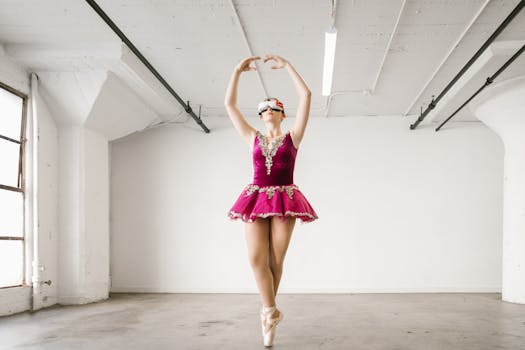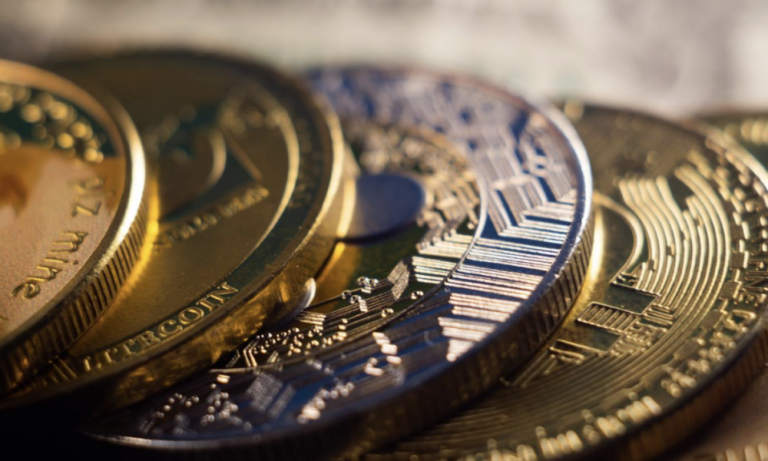
Exploring the Future: The Impact of Virtual Reality Art Installations
Takeaways: Virtual reality (VR) art installations are revolutionizing the way we experience art. They provide immersive environments that engage viewers more deeply than traditional mediums. As technology advances, the possibilities for creativity in VR continue to expand, allowing artists to explore new dimensions and interactivity, ultimately reshaping the art world.
Virtual reality has emerged as an exhilarating platform for artists to express their creativity and engage with audiences in unprecedented ways. Unlike traditional art forms, VR installations offer immersive experiences that transport viewers into entirely new worlds, where the boundaries between the artwork and the observer blur. In this article, we will explore the significance of virtual reality art installations, their impact on contemporary art, and what the future holds for this innovative medium.
Understanding Virtual Reality Art Installations

The essence of VR art lies in its ability to transport viewers beyond the confines of the physical world. Audiences can walk through a virtual gallery, navigate through abstract landscapes, or even interact with digital sculptures. This interactivity not only enhances the viewer’s experience but also encourages a deeper emotional connection with the artwork.
The Evolution of Art in the Digital Age
As technology continues to evolve, the art world has embraced digital mediums, pushing the boundaries of creativity. Virtual reality has emerged as one of the most exciting advancements in this realm. Artists are no longer limited to canvas or sculpture; they can now create entire worlds that unfold around the viewer. This shift has led to an explosion of creativity, as artists experiment with form, space, and interactivity.
One notable example of a VR art installation is “The Night Cafe” by creator Mac Cauley, which transports viewers into a digital recreation of Vincent van Gogh’s iconic 1888 painting. Visitors can explore the space, interact with the environment, and experience the artwork in a completely new dimension. This kind of engagement fosters a sense of presence and immersion that traditional art forms cannot replicate.
Impact on Audience Engagement
Virtual reality art installations have the potential to engage audiences in ways that traditional exhibitions cannot. The immersive nature of VR allows viewers to become active participants rather than passive observers. As they navigate through the virtual space, they can discover hidden details, engage with the art on a personal level, and even influence the environment around them.
This level of engagement can lead to a more profound understanding of the artwork and its themes. For instance, a VR installation that explores climate change might allow viewers to experience the impacts of environmental degradation firsthand, fostering empathy and awareness. This transformative approach to storytelling is one of the most compelling aspects of VR art.
The Future of VR Art Installations

The potential for collaboration is also significant. Artists, technologists, and researchers can work together to create groundbreaking projects that challenge our perceptions of art and reality. As more institutions and galleries begin to embrace VR, we may see a shift in how art is presented and experienced in public spaces.
Conclusion
Virtual reality art installations are at the forefront of a new era in the art world, offering immersive experiences that redefine how we interact with and perceive art. By engaging audiences in innovative ways, VR installations challenge traditional boundaries and invite viewers to explore their creativity and emotions. As technology continues to evolve, the possibilities for virtual reality art are limitless, making it an exciting time for artists and audiences alike.







